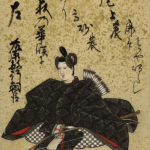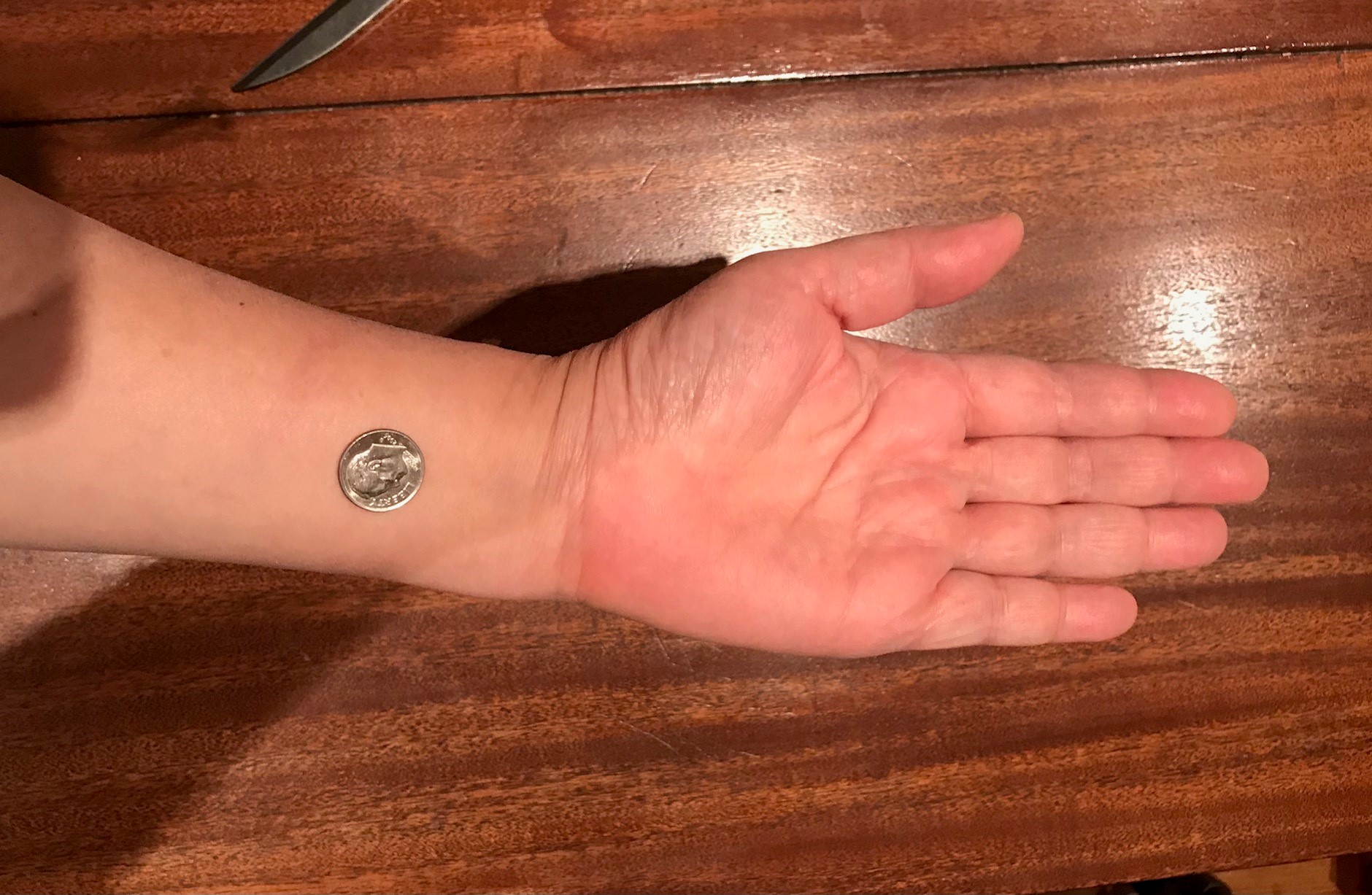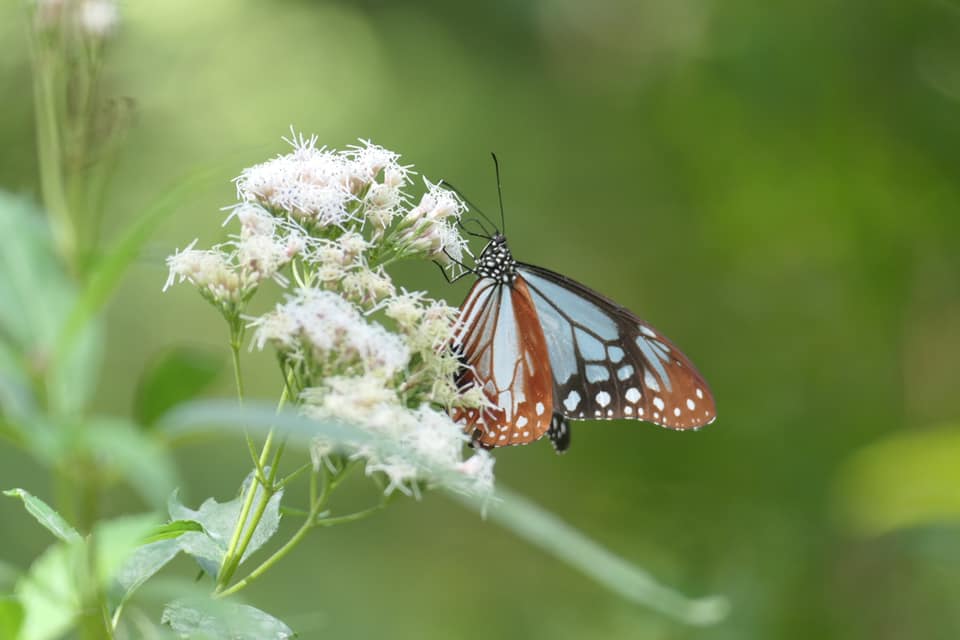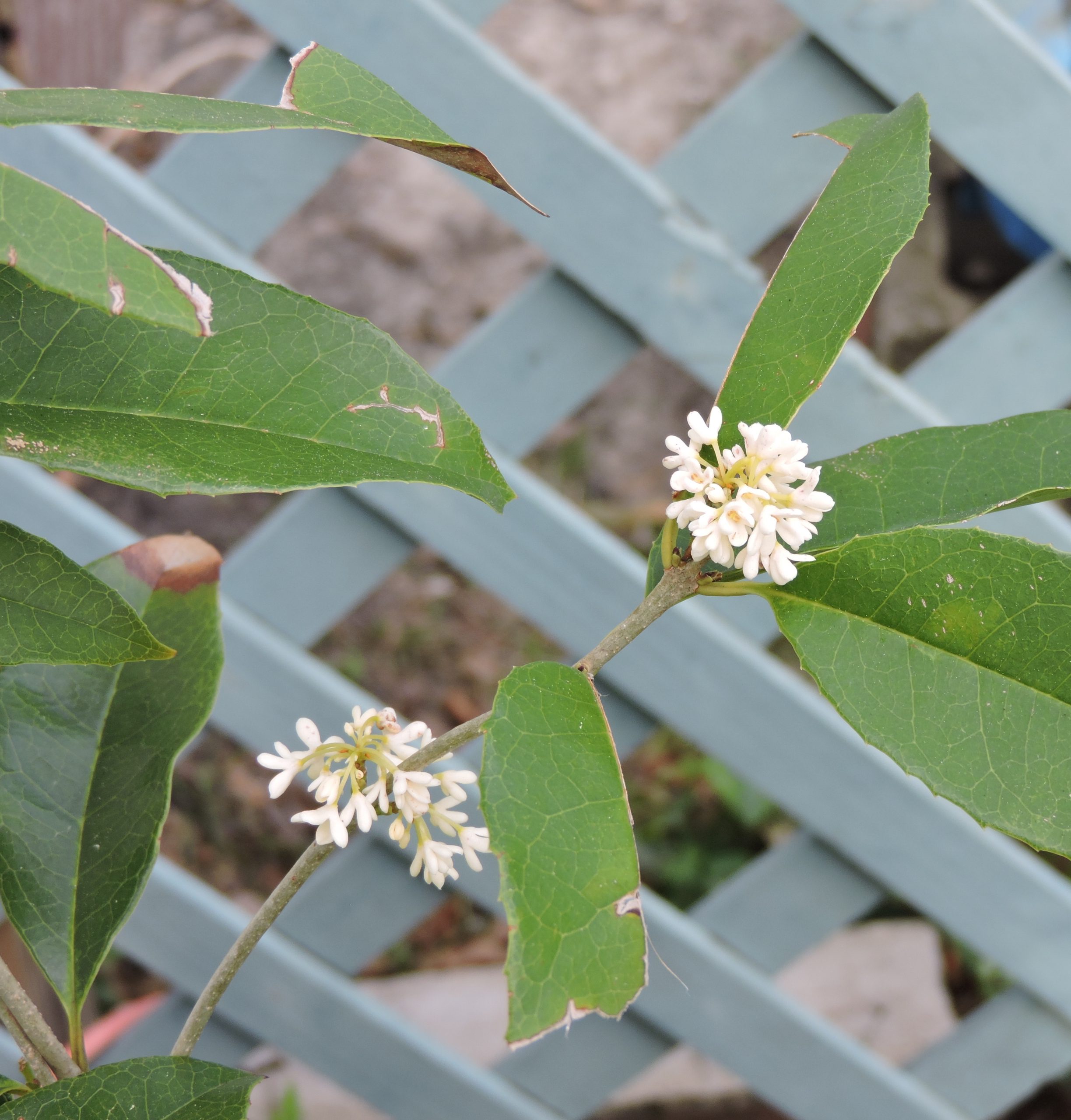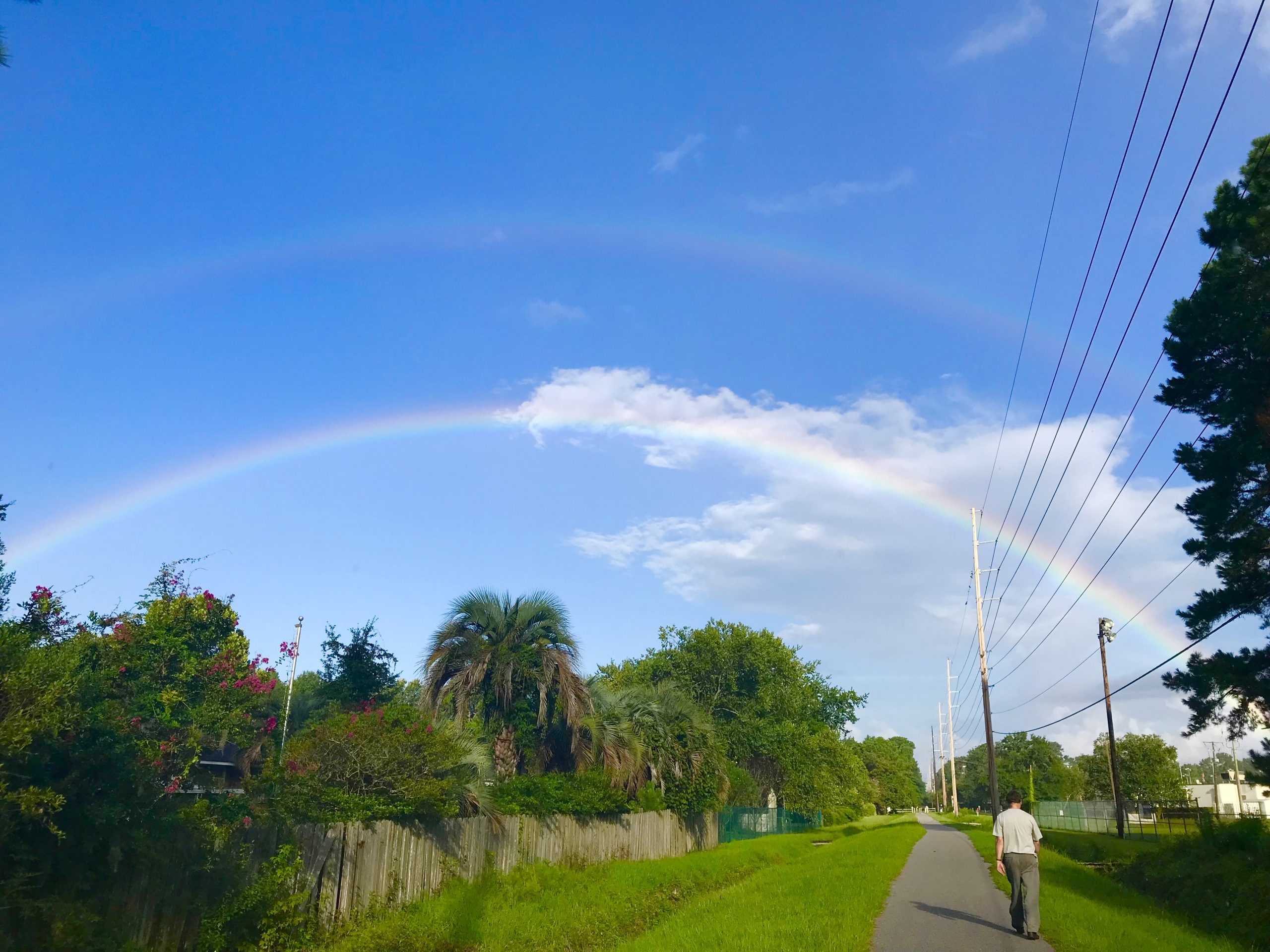和訳は英文の後にございます。/ The Japanese translation is below the English text.
FALL HAS COME
Contents 1. A poem from the 9th Century Japan 2. The rhythm 3. The words 4. The foreword Japanese translation Image credits
1. A poem from 9th Century Japan
We went for a walk at a county park.
This is a photo we took from a tall wooden chair set up for visitors to look over the marsh. It’s the remains of an old rice plantation which used to be in this area. It was once abandoned and then reclaimed, now it is preserved as a natural habitat. You can see a lot of wild birds and animals here year-round.
In South Carolina, you can call September midsummer. On most days temperature reaches 86 degrees Fahrenheit (30 degrees Celsius, which the Japanese call midsummer weather). Trees and grass are all very lush green. It is very humid, too.
Today, however, it was just slightly less humid. There were occasional breezes, and the birds were a little more active.
As we sat on the tall chair and surveyed the old rice field, we were reminded of an old, familiar Japanese poem.
Fujiwara no Toshiyuki, the poet, was an aristocrat who was a famous poet and a-calligrapher in the ninth century.
The poem reads as follows:
Aki kinu to me niwa sayaka ni mienedomo
by Fujiwara no Toshiyuki
kaze no oto ni zo odorokarenuru
The meaning is “I can’t see it clearly but fall has come; I was surprised at the sound of the wind.”
2. The rhythm
Notice Fujiwara no Toshiyuki wrote it in the tanka style of 31 moras (syllables), or the five-seven-five-seven-seven mora (syllable) format. This was the most popular traditional poetry style in Japan.
In case you would like to memorize it, you can slowly pronounce it like this:
Ah kee kee noo toh (5)
Meh nee wah sah yah kah nee (7)
Mee eh neh doh moh (5)
Kah zeh noh oh toh nee zoh (7)
Oh doh roh kah reh noo roo (7)
The first three stanzas have five, seven and five moras. This format became another poetry style, haiku, centuries later.
3. The words
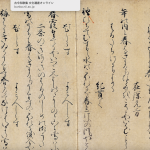
Fujiwara-no-Toshiyuki wrote this poem in ninth-century Japanese, and we are naturally not familiar with some words and grammar. Therefore, Japanese young people study poems like this in classical Japanese class in junior-high and high school.
On the other hand, we can recognize many words in this poem that we still use today:
(1) aki: fall
(2) ki- (the stem of the verb “kimasu”): come
(3) too: the particle as the closing quotation mark
(4) me: eyes
(5) sayaka: clear (of an image)
(6) mie- (the stem of the verb “miemasu”): can be seen
(7) domo: sounds like today’s “keredomo” meaning “however”
(8) kaze: wind
(9) no: the particle for the possessive
(10) oto: sound
(11) odoro- (the stem of the verb “odorokimasu”): be surprised
4. The foreword
As was customary at that time, this poem has a short foreword explaining the situation in which it was written.
It is:
Aki tatsu hi yomeru
It means that he wrote it on the First Day of Fall.
According to the ancient Chinese calendar (which was a luni-solar calendar), the First Day of Fall is the day right between summer solstice and autumnal equinox. It is around August 8 in the Gregorian calendar.
So, actually it could have been very; very hot when he wrote this poem. We wonder if it was not his wishful thinking that the cooling of fall would begin soon, just because the calendar says it’s fall. At one moment, he felt a breeze and wrote “Wow, it’s cool! It’s already the beginning of the fall!” (This is just a guess, since we don’t know how the climate was eleven hundred years ago).
Having said this, we feel this poem perfectly fits September in South Carolina.
[End of the English text]
秋が来た
目次 1. 九世紀の和歌 2. リズム 3. 言葉 4. 詞書 画像クレジット
1.九世紀の和歌

チャールストン郡の「コーコー学習センター公園」へ、散歩に行きました。この景色は、散策する人たちのためにしつらえた高い木の椅子の上から眺めた湿原です。
ここには昔、コメの農場がありました。ある時点で打ち捨てられたのが、後に再生利用され、現在は自然保護地区となっています。一年中、野鳥や動物たちがたくさん見られます。
南カロライナでは、9月は真夏といっていいでしょう。気温がほとんど毎日30度(華氏86度。この気温を超えると真夏日という)以上なのです。木や草の緑は濃く、とても湿気が高いです。
でも、この日は、ほんの少し湿気が少なかった。時折風が吹いて、鳥たちは心なしかいつもより活発でした。
高い椅子の上から昔の田んぼを眺めながら、私たちは馴染み深い和歌を思い出しました。
秋来ぬと目にはさやかに見えねども
風の音にぞ驚かれぬる
藤原敏行
「はっきり目には見えないけれど、風の音で秋が来たと気づいて驚いた」という意味です。
2 リズム
藤原敏行はこれを31音節の短歌形式で書いています。この31音は、五・七・五・七・七音節に区切られています。日本で盛んに使われていた、伝統的な和歌の形式です。
暗記したい方のために、英語で発音の仕方を書いてみました。ゆっくり読んでみてください。
あ・き・き・ぬ・と(5)
め・に・は・さ・や・か・に(7)
み・え・ね・ど・も(5)
か・ぜ・の・お・と・に・ぞ(7)
お・ど・ろ・か・れ・ぬ・る(7)
最初の三行は五・七・五音節です。この形は何世紀も後で、俳句という別のジャンルの詩の形式になりました。
3.言葉
藤原敏行は九世紀の日本語で歌を詠んだので、私たちには見慣れない言葉や文法があります。そのため、このような歌は、日本では中学校や高校の古文の時間に学びます。
一方、この歌には、今日も使われる言葉がたくさん入っています。
(1) 秋
(2) 動詞「来ます」の「き」
(3) と(言及部終了を表す助詞)
(4) 目
(5) さやか
(6) 動詞「見えます」の「見え」
(7)「けれども」に似た「ども」
(8) 風
(9) の(所有を表す助詞)
(10) 音
(11) 動詞「驚きます」の「おどろ」
4.詞書
藤原敏行の時代の慣習として、この歌には、詠まれた時の状況を示す短い詞書があります。
秋立つ日読める
「秋立つ日」は立秋のことですから、立秋の日にこの歌を詠んだという意味です。
古代の中国の暦(太陰太陽暦)によれば、立秋は夏至と秋分のちょうど中間に当たる日です。グレゴリオ暦では、8月8日あたりになります。
ですから、藤原敏行がこれを詠んだ日は、実はとてもとても暑かったかもしれません。そして、もしかしたら敏行の気持ちは、暑いけど、暦が秋だと言っているんだから、秋らしく涼しくなってほしいなあ。と思っている所へ風がひと吹きしたので、「あっ、ちょっと涼しい!秋らしい音の風だぞ!」と詠んでみたということかもしれません。(1100年前の気候はわからないので、これはただの推測です。)
ということで、この歌は南カロライナの九月にぴったりだと思います。
[和文部終わり]
Image credits
- Fujiwara no Toshiyuki Image by British Museum / 大英博物館所蔵藤原敏行画像: https://media.britishmuseum.org/media/Repository/Documents/2014_10/13_6/2efc0940_91f3_4788_920a_a3c30068d943/preview_00775018_001.jpg
- Cultural Heritage On-Line, Image of Kokin Wakashu (The anthology of poetry in Heian Era), calligraphed by Fujiwara no Tameuji, owned by Nezu Museum / 古今和歌集 藤原為氏の書、根津美術館所蔵、文化遺産オンライン: https://bunka.nii.ac.jp/heritage//12269/_134650/12269_134650110209164359195_300.jpg

